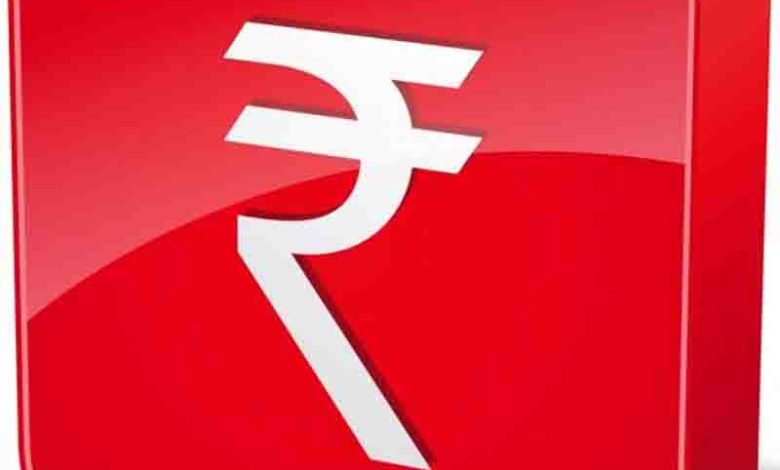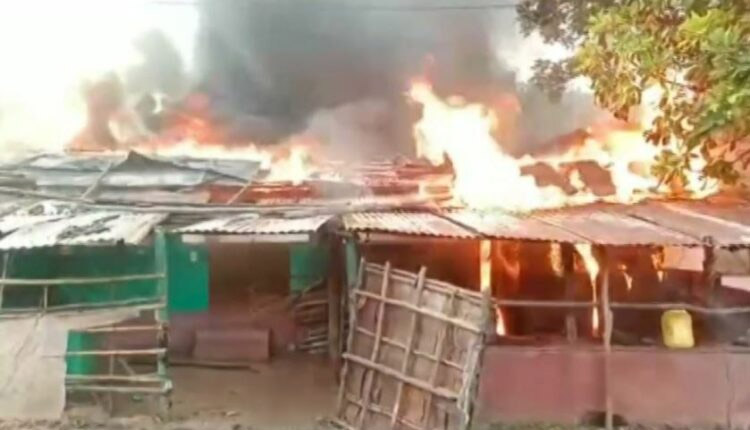Punjab: Development continues to decline

Punjab: The state’s economy is expected to grow by 6 per cent in the current fiscal year, continuing a declining trend from 2022-23, when it recorded a growth rate of 6.6 per cent. The advance estimates for the fiscal year 2024-25, ending March 31, are 0.2 per cent lower than the 6.2 per cent gross state domestic product (GSDP) rate seen in 2023-24. According to the Economic Survey, agriculture and allied activities are expected to account for a quarter of Punjab’s output in the current fiscal year. On the other hand, industrial growth is expected to decline by 1.2 per cent and the services sector by 0.3 per cent over 2023-24. The state’s economy has seen an average growth rate of 4.9 per cent since 2020-21. In 2024-25, the state’s agriculture and allied sector is expected to grow by 3.1 per cent, a significant increase from the 1.3 per cent recorded in 2023-24.
Compared to national trends, Punjab’s gross state value added (GSVA) - a measure of the value of goods and services produced within a state – is more evenly distributed across sectors. Although the services sector has become the largest contributor, agriculture and industry continue to hold a substantial share in the state’s GSVA. The survey prepared by the statistics department said agriculture and allied activities are expected to contribute 25 per cent to Punjab’s GSVA in 2024-25, while employing 27 per cent of the labour force. However, in recent years, Punjab has experienced uneven growth in agriculture, especially in crop cultivation. The sector’s GSVA growth is expected to see a growth of 2.2 per cent in 2024-25. This slowdown was most pronounced in the crop and livestock sector. This stagnation also appears to hold true in the case of wheat cultivation.
Since the 2000s, the area and yield of paddy and wheat have stagnated. The report suggests crop diversification as the way forward. The industry sector, which contributes 28 per cent of Punjab’s output, has maintained a growth rate of over 6.8 per cent over the last five years. The manufacturing sector, which makes up over 17 per cent of GSVA, recorded a growth of 4.6 per cent in 2024-25. The services sector grew at 7.1 per cent in 2023-24 and 6.8 per cent in 2024-25. The services sector was expanded mainly by sectors such as health, education, personal services, financial services and public administration. Per capita income in Punjab is 1.05 times the per capita income at the all-India level. Ropar, Ludhiana and SAS Nagar are the leading districts in terms of per capita income since 2015-16. In 2021-22, Ropar recorded a per capita income of Rs 2,18,098, Ludhiana Rs 2,00,661 and SAS Nagar Rs 1,99,654. Ropar is an agricultural district with 26 per cent of its gross district value added (GDVA) coming from agriculture and allied sector.





